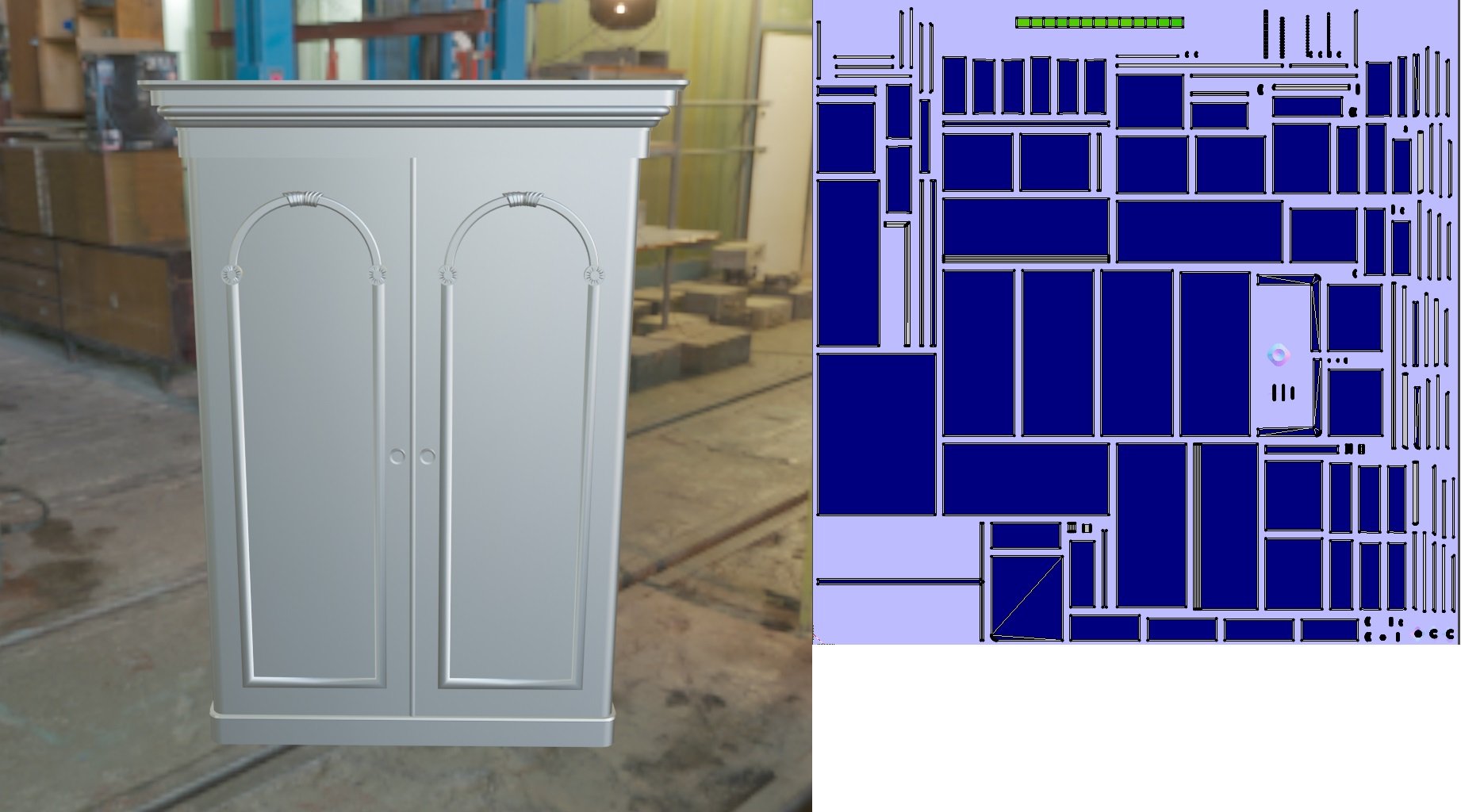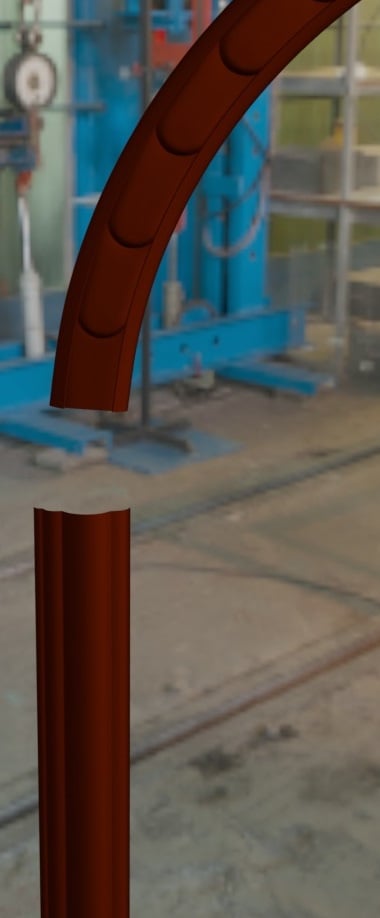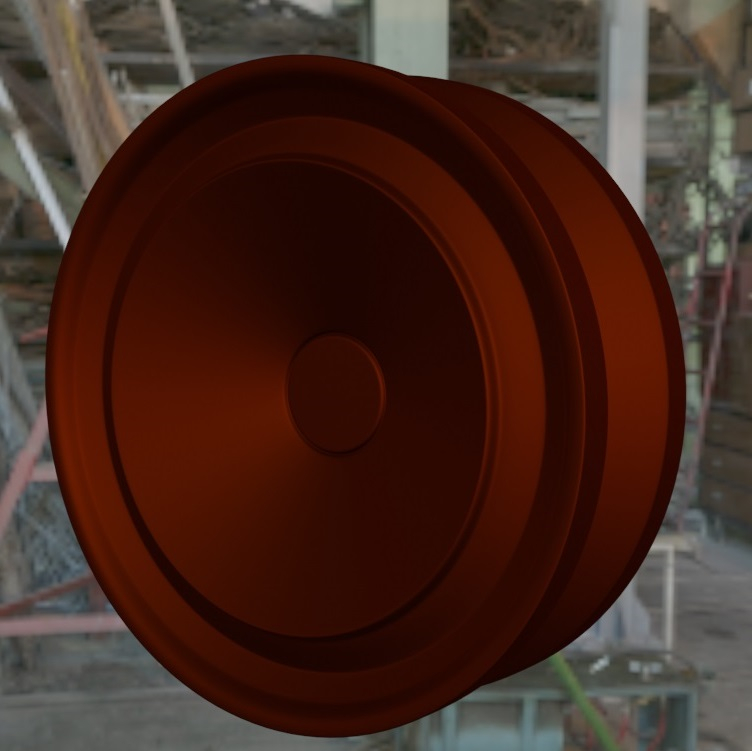The BRAWL² Tournament Challenge has been announced!
It starts May 12, and ends Oct 17. Let's see what you got!
https://polycount.com/discussion/237047/the-brawl²-tournament
It starts May 12, and ends Oct 17. Let's see what you got!
https://polycount.com/discussion/237047/the-brawl²-tournament
[WIP] [Environment] Monster hunter's bedroom
I've been working on this wardrobe for a larger environment for about a month so far, finished the high poly and low poly, now having issues with textures. I'm using a 2048x2048 texture and still don't have nearly enough texel density, the details come out pixelated. Should I give the wardrobe multiple 1k-2k textures? I already decided to give the sun emblem its own 1024x1024 texture and justified that by planning to reuse it elsewhere. Having several textures adding up to 4k or 8k worth of pixels just seems like a lot for an environment object. How much texture space might a professional use for this if they were working on a graphics heavy AAA game? I'm probably way lowballing how big the textures of modern games are.
Here's the low poly and UV map. Low poly is currently 5379 triangles.

Here's some of the high poly details I'm trying to bake into the normal map.


Here's the low poly and UV map. Low poly is currently 5379 triangles.

Here's some of the high poly details I'm trying to bake into the normal map.


Replies
Wardrobe is a pretty big object, so no wonder it gets low texel density, but here is my thoughts
1-st: your UV has a lot free space, try to use all free space as possible
2-nd: in my humble opinion in this case it's better to make a few more cuts, so it will be more handy to manage all this UV-pieces and gives you more space(but only if it's not so critical for final result), something like this:
3-rd: i think in this case reduce percentage space between UV-pieces will be a good move, i would say something like 0.5 is good enough, i use Maya but i guess you understand what i mean. And again, do this if it's not critical for final result, and when i say it i mean that your bake can be fucked up with not enough space between UV-pieces or with wrong UV cuts:
Hope this will help
My english not perfect btw, so let me know if there is something you can't understand
@icegodofhungary I wanted to avoid that because I thought it might be noticeable, but after a few mirror modifiers and an array modifier I'm reaching almost the same texel density with a 2K texture as the original had with a 4K, once I manually pack this I'll get the 5 pixels/cm^2 I'm going for. Definitely worth repeating the texture to get this much of an efficiency boost.
Here's my result with the improvements, going to do the manual packing tomorrow after I wake up.
-When baking a curved high-poly edge down to a hard edge you usually get better results when the UVs for the low poly are split in the same places that the edges are hardened (or edge normals are split. Whatever you like to call it) Have a few pixels of space between UV shells for the baking software to put the edge information. More on best practices for normal baking here: https://80.lv/articles/best-practices-for-hard-surface-normal-map-baking/
-Trouble shoot your low poly mesh and make sure there is nothing weird going on. Double check it one last time to remove any variables. Fix any N-gons (polygons with more than 4 edges) make sure your normals are all pointing in correct directions. No overlapping UVs or flipped UVs. No duplicated faces floating on to of each other. Optimize scene size, delete history, ungroup and unparent. make sure that your low poly and high poly are as perfectly lined up as possible with frozen transforms and pivots in the exact same place. These may seem silly, but I have had each one of these screw up a bake despite knowing better.
-In your UV image all of your UV shells are different colors. I don't know what software you are using to create your UVs, but if it's anything like Maya LT, it either means UV shells are stacked, flipped backwards, or stacked and flipped backwards. All of which are bad for baking. Having stacked and flipped UVs are fine for displaying textures, saving space, reducing or increasing tiling effects etc.. But baking on anything other than a single layer of nicely laid out UV shells is going to cause problems. Easy fix though, make a copy of your low poly just for baking, and move all of those extra UV's out of the 0-1 space, or delete redundant pieces of your copied mesh.
-Substance Painter only needs 3 things to create all of the "mesh maps" to drive the smart materials and mask generators (like edge wear). The low-poly mesh, the normal map, and the ambient occlusion map. You can plug the normal and AO into their slots in SP and use them to generate any map that doesn't need a high-poly like the World Space Normal, Curvature, and Position. No need to load the high poly, or check on the "use low-poly as high-poly", or play with the search distances, or any of that gunk. If your Normal and AO are good, the other maps will bake perfectly. With this workflow, you can do whatever it take to make a clean normal and AO, and then go from there. You can bake, hand paint, photo-bash, node-up in Substance Designer, or any combination of things to get your clean normal and AO maps.
-Sometimes creating a copy of your model just for baking and then blowing it up helps. I've run into issues sometimes where I get artifacts from having separate meshes too close together during a bake and it can look pretty weird. Similar to your images. Separating all of the different pieces, or using Substance Painter's match mesh bu suffix option can help.
-You could try texturing your model with a trim sheet. It's kind of hard to explain in words, but it's like, instead of creating a texture to fit your UVs, you create your UVs to fit a texture. And the texture usually tiles horizontally. https://polycount.com/discussion/214726/creating-trim-sheets-4-part-tutorial-polygon-academy I have seen this technique used really well for wood furniture. Plus, once you have a nice Trim Sheet, you can build the entire bedroom set all running off of one texture.
I hope some of that helps you out. Good luck.